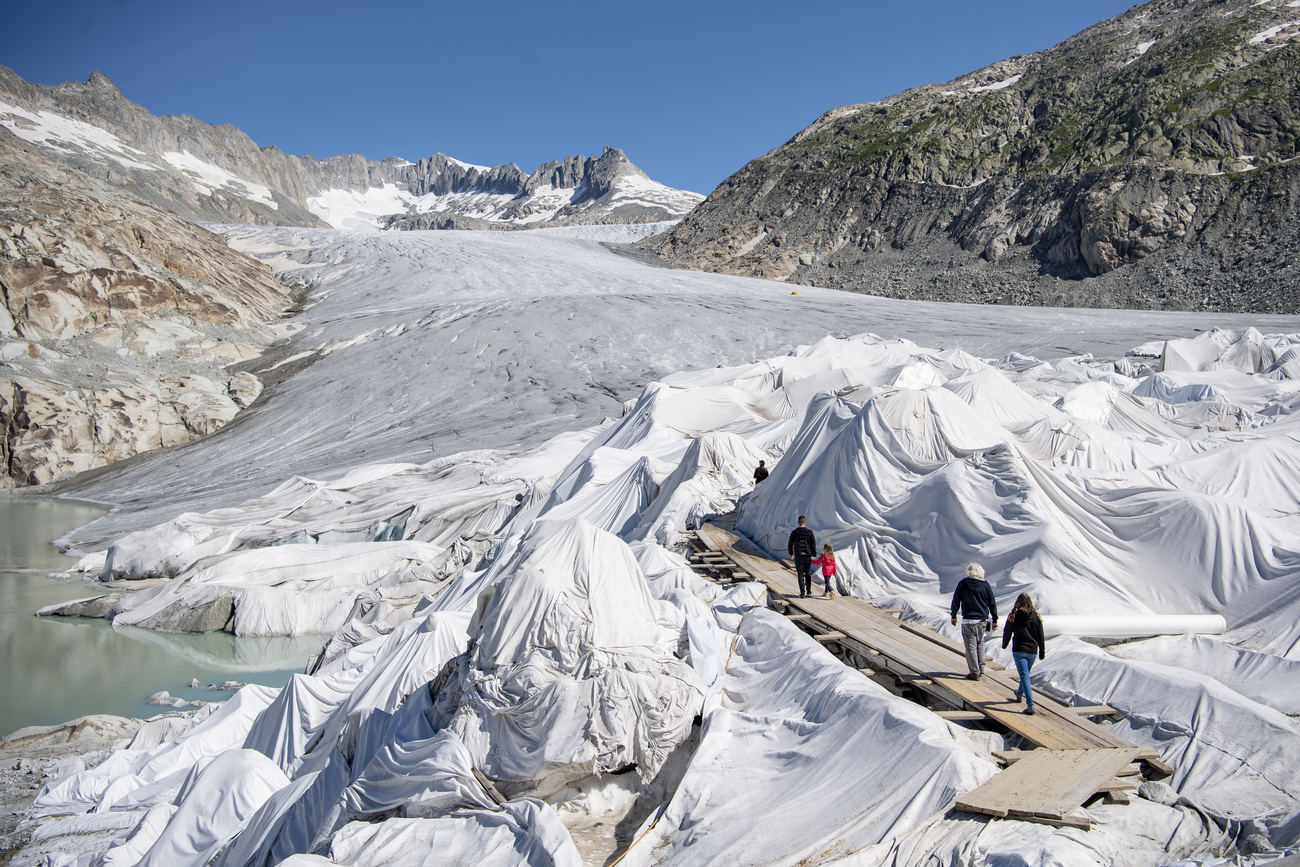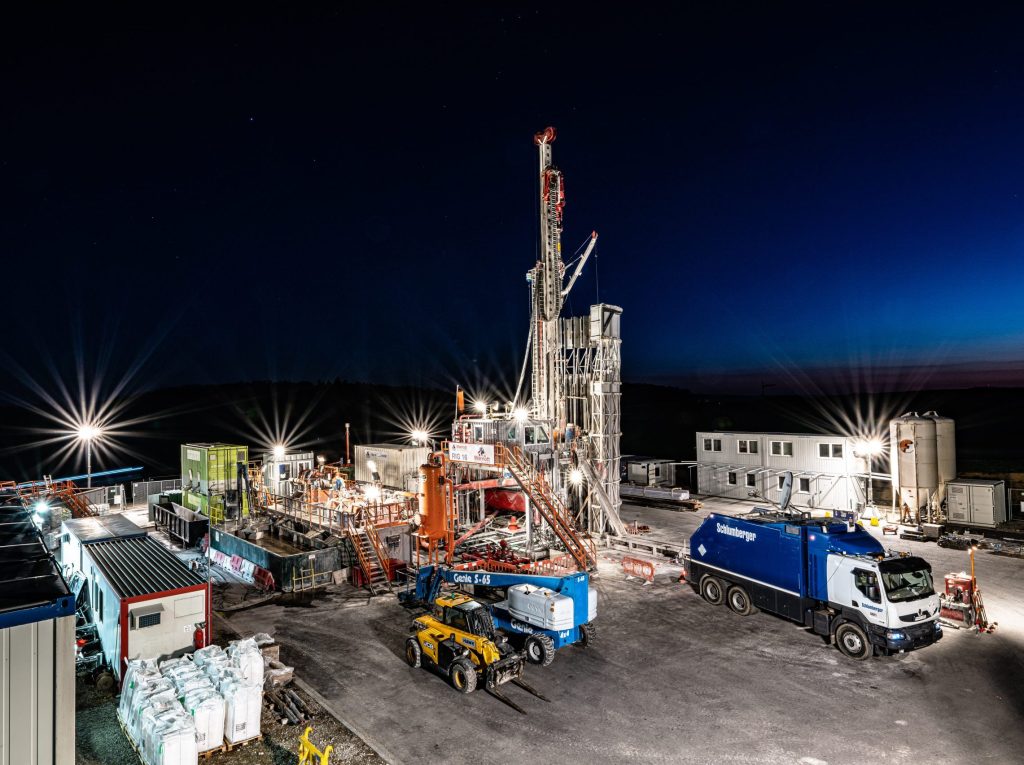How much is an ounce of snow worth?
When I checked this morning, an ounce of gold was priced at more than $1,700. Now, I wouldn’t advise you to trade an ounce of the precious metal for a bit of snow – even a shovelful – but do think twice before you let the ice crystals melt from your grasp.
Here we are post-Easter, and another winter in the Alps is behind us. The snow was bountiful, and I and my fellow Swiss delighted in getting out into the Covid-free mountain air to enjoy it. For once, we had more room to slalom, not having to share the slopes with tourists from abroad.
Resorts were less pleased with the development. That’s because to turn a profit, the ski industry must attract German, French, Italian, Benelux, and English visitors to its pistes. So what should have been a bumper season was a winter in which the sector counted its blessings to see turnover down by only 30%.
With a Europe (hopefully) vaccinated by the end of this year, I’m certain that optimism will return in time for the start of the 2021-22 season. But should it? We may tame Covid-19, and develop strategies to keep future viruses in check, but we’ve been less successful at keeping alpine winters wintry.
As I wrote in my previous article, temperatures are rising – 2020 was the warmest year on record in the Swiss Alps. And a study released last month quantified a significant consequence of the increase. The length of winters with snow have decreased by around a month over the past 50 years at altitudes in the Alps up to 2,000 metres (6,562 ft). With all villages of Swiss resorts situated below that height, the days you can schuss down to your chalet after a morning or afternoon of skiing for a mulled wine are truly numbered.
When I began reporting on Alpine tourism many years ago, I wrote about investments in infrastructure – to increase skier capacity with bigger, faster and more comfortable lifts, as well as the environmental impact of a new arms race – the widespread deployment of snow cannon and lances to offer skiers a “guarantee” of snow.
Now in some parts of the Alps investments have turned to conserving the snow that does fall. That allows us to begin to put a price on a metre, if not an ounce.
One case in point is Adelboden. The resort in the Bernese Alps began a “snowfarming” experiment a couple of years ago, piling high the remaining snow of one season, throwing a plastic sheet over it, and uncovering and apportioning it to form a ski piste to help kickstart the next. A 500-metre strip costs CHF250,000 ($265,000).
The powers-that-be in other ski areas have been blanketing sections of skiable glaciers with white tarpaulins. The measure has proven to be effective, reducing melt in summer by about 60%. Yet only about 0.02% of Switzerland’s total glacier area is covered, according to a study External linkreleased at the end of March by the Swiss Federal Institute for Forest, Snow and Landscape Research (WSL). The WSL calculated that it would cost Swiss taxpayers CHF1 billion a year to bedeck all glaciers, and that would only slow, not stop, their decline.

The impact on tourism from both climate change and Covid has caused the industry to rethink its approach to growth. The United Nations World Tourism Organization (UNWTO) defined 2020 as “the worst year in tourism history” due to the brake the pandemic put on travel. But the UNWTO saw an opportunity and used the occasion to launch its vision External linkfor how the industry should recover, outlining “six lines of action to guide responsible tourism recovery for the people, planet and prosperity”.
The Swiss tourism sector followed suit at the start of this year when its national marketing body, Switzerland Tourism, launched a campaign called “Swisstainable”, which is aligned with the UN’s Sustainable Development Goals.
The campaign boasts the country’s already high standing in environmental sustainability rankings but goes further by rewarding players in the sector with a “Swisstainable” label for committing to the programme, as well as by encouraging holidaymakers to “travel with greater awareness”, by taking in local culture, for example, consuming regional products, and staying longer.
That’s quite a departure for an organisation that only a few years ago saw future growth tied to the success of luring short-stay overseas groups, with a focus on Asia, who they hoped would spend a lot on luxury in as short a time as possible.
I’m looking forward to hearing how the head of Switzerland Tourism, Martin Nydegger, sees the prospects for this change in direction. We’ve asked Martin to write a guest column for SWI swissinfo.ch next month. I’d also like to know how he thinks Switzerland – if the day ever comes – will be able to sell winters without snow.
If you have a story about your experiences in the Alps do get in touch: dale.bechtel@swissinfo.ch

In compliance with the JTI standards
More: SWI swissinfo.ch certified by the Journalism Trust Initiative









You can find an overview of ongoing debates with our journalists here . Please join us!
If you want to start a conversation about a topic raised in this article or want to report factual errors, email us at english@swissinfo.ch.